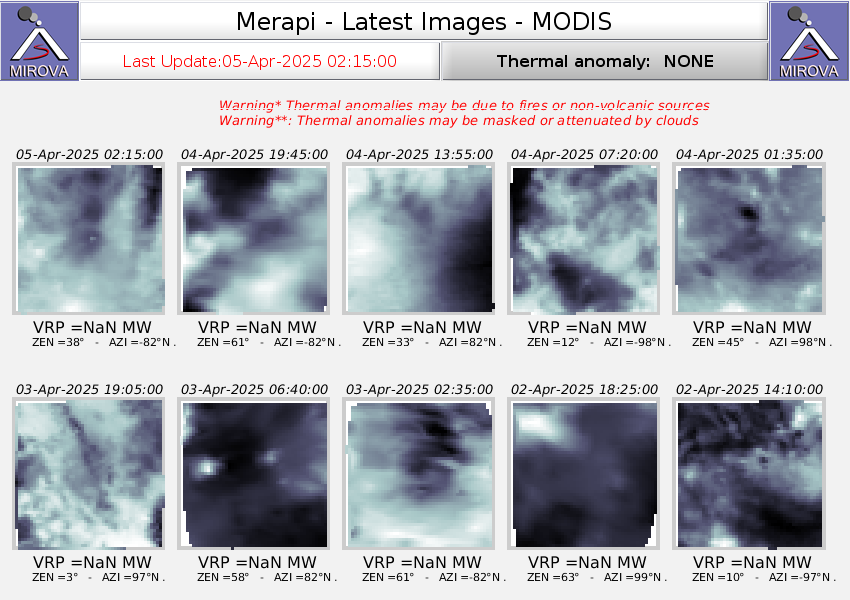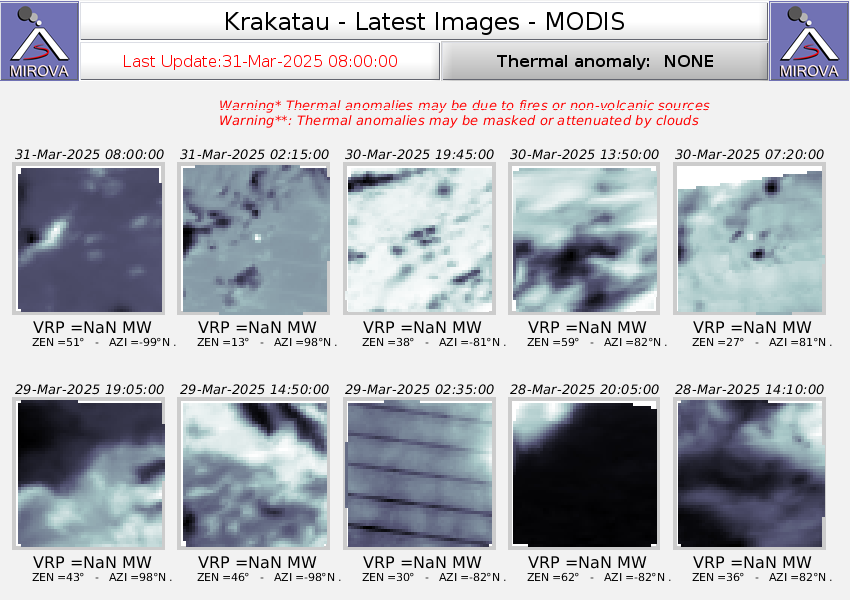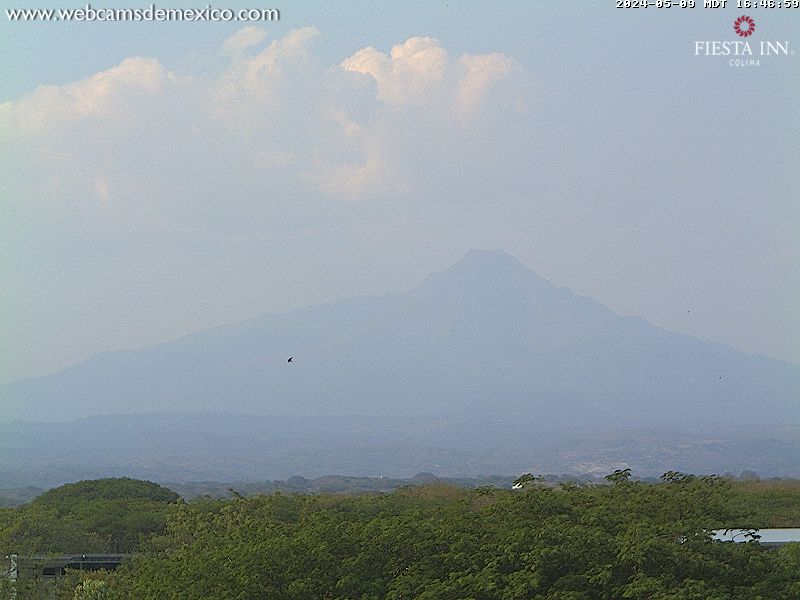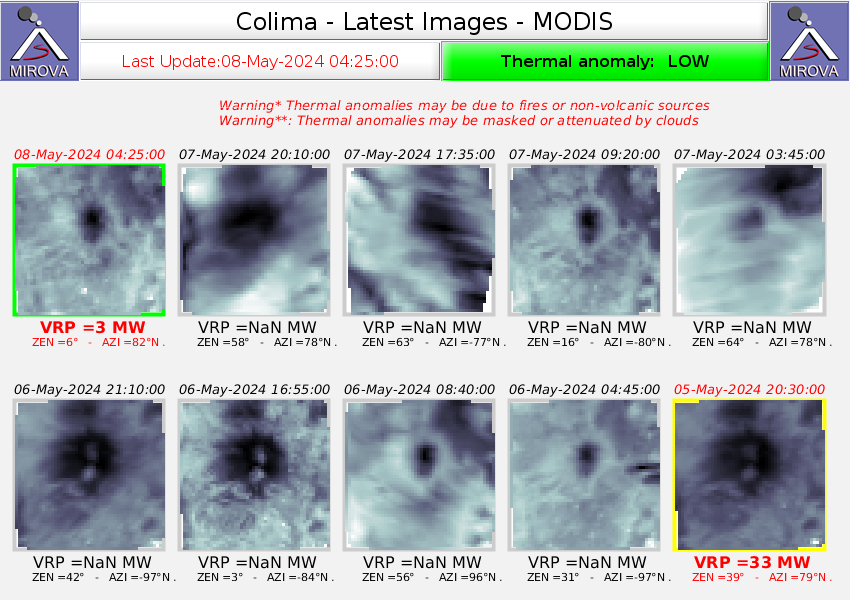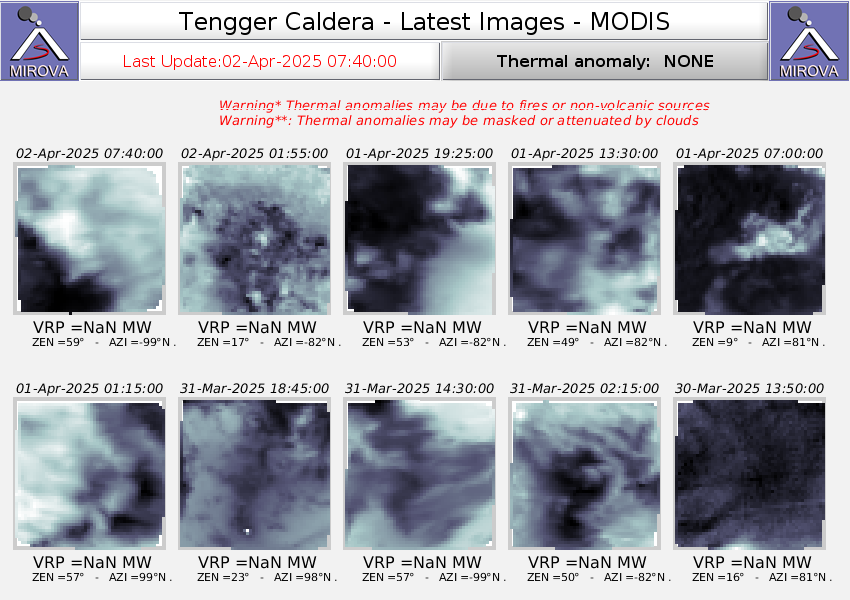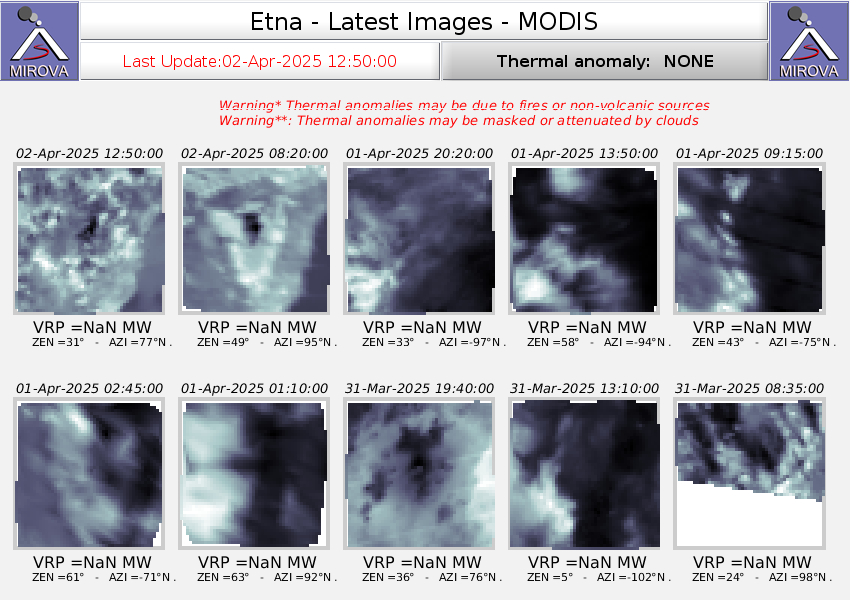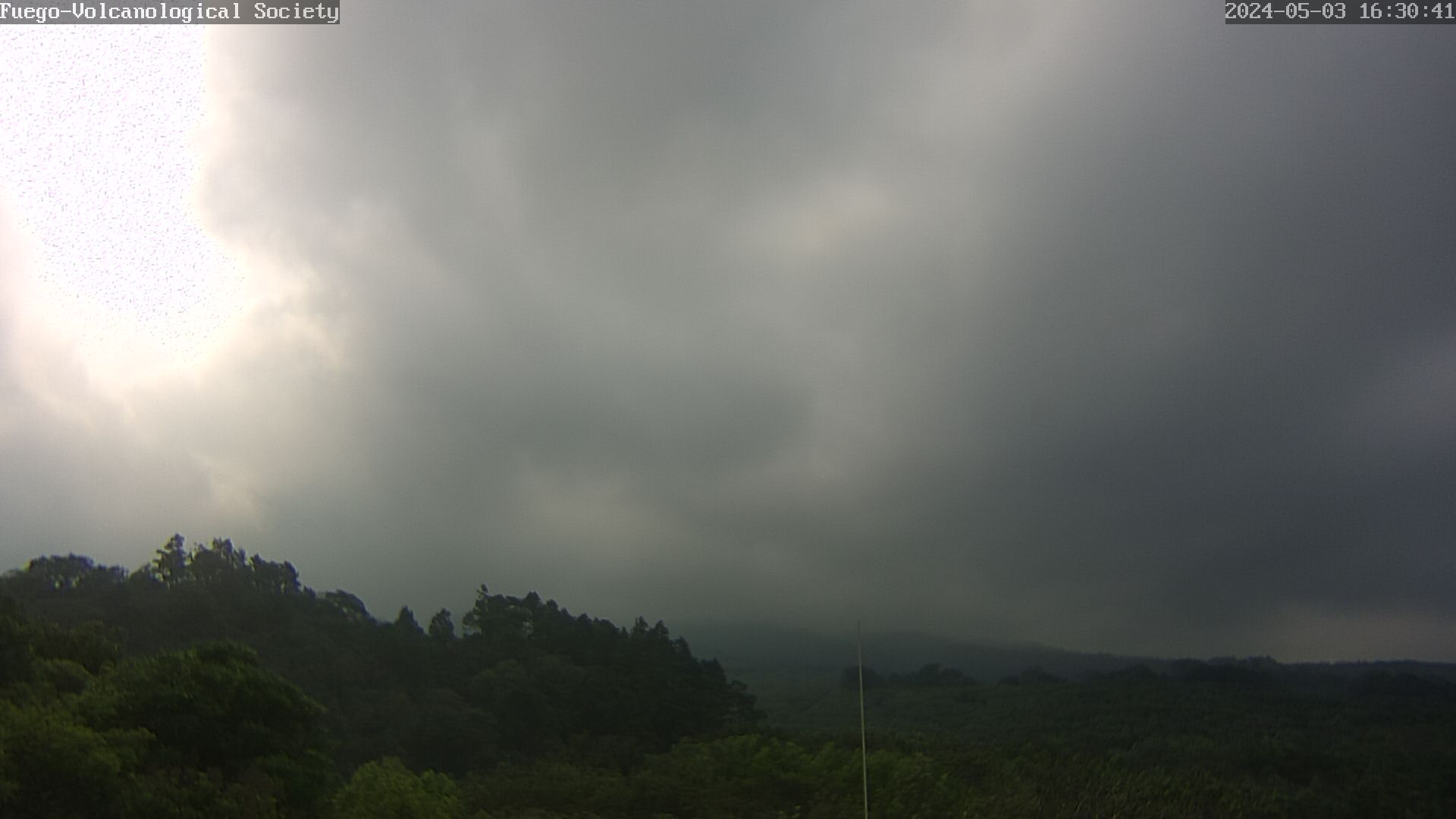 A sailing ship got caught in a pumice carpet off Tonga island Vava’u. The sailors of the catamaran ROAM reported on facebook about their experience: At noon they passed an area about 50 nautical miles away from Vava’u, where other ships had warned about the pumice carpet. The crew sighted only a few pumice lumps, but smelled the stench of hydrogen sulphide. Carefully they sailed on. In the evening it suddenly sounded as if the catamaran was sailing through glass. Unnoticed, they had fallen into the pumice carpet, which had drifted faster than one would suspect. In the light of the spotlights they discovered a closed pumice blanket in which individual chunks reached the size of basket balls. With the slowest speed they changed course several times to reach free water again. They heard the pumice chunks hit the rudder, but the boat did not suffer any major damage.
A sailing ship got caught in a pumice carpet off Tonga island Vava’u. The sailors of the catamaran ROAM reported on facebook about their experience: At noon they passed an area about 50 nautical miles away from Vava’u, where other ships had warned about the pumice carpet. The crew sighted only a few pumice lumps, but smelled the stench of hydrogen sulphide. Carefully they sailed on. In the evening it suddenly sounded as if the catamaran was sailing through glass. Unnoticed, they had fallen into the pumice carpet, which had drifted faster than one would suspect. In the light of the spotlights they discovered a closed pumice blanket in which individual chunks reached the size of basket balls. With the slowest speed they changed course several times to reach free water again. They heard the pumice chunks hit the rudder, but the boat did not suffer any major damage.
Pumice is a volcanic glass that, similar to the black obsidian, cooled quickly after the eruption and formed no (or only small) crystals. Unlike obsidian, pumice is explosively extracted and consists of tephra. So a submarine volcano erupted explosively. Since pumice is formed from very gas-rich magma and contains many pores, the rock floats. Pumice carpets are often found in the volcanic island arches of Tonga, Fiji and Samoa. Here a nameless underwater volcano was probably active on the Vava’u ridge.

